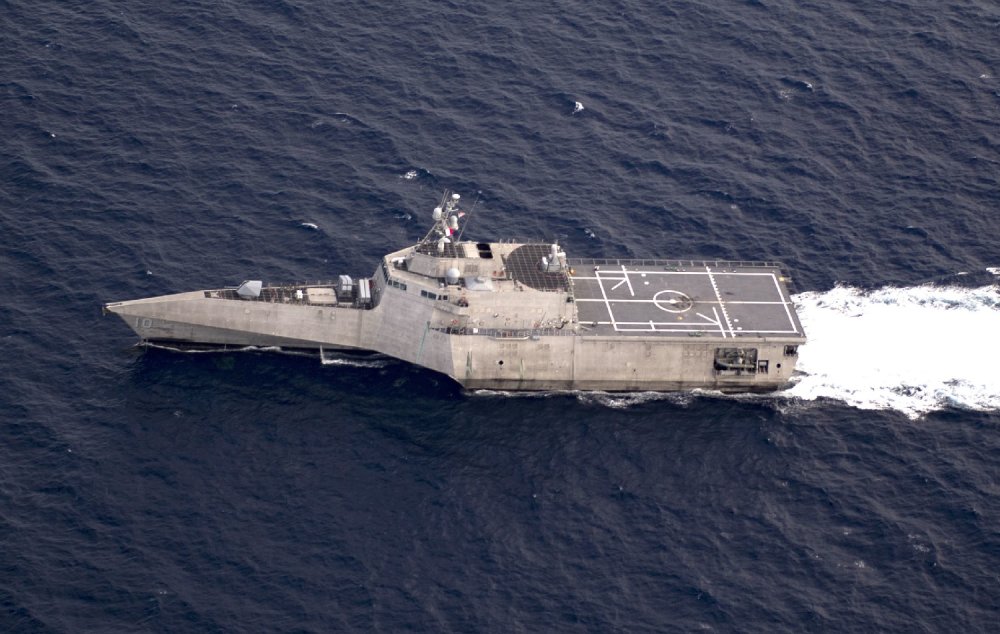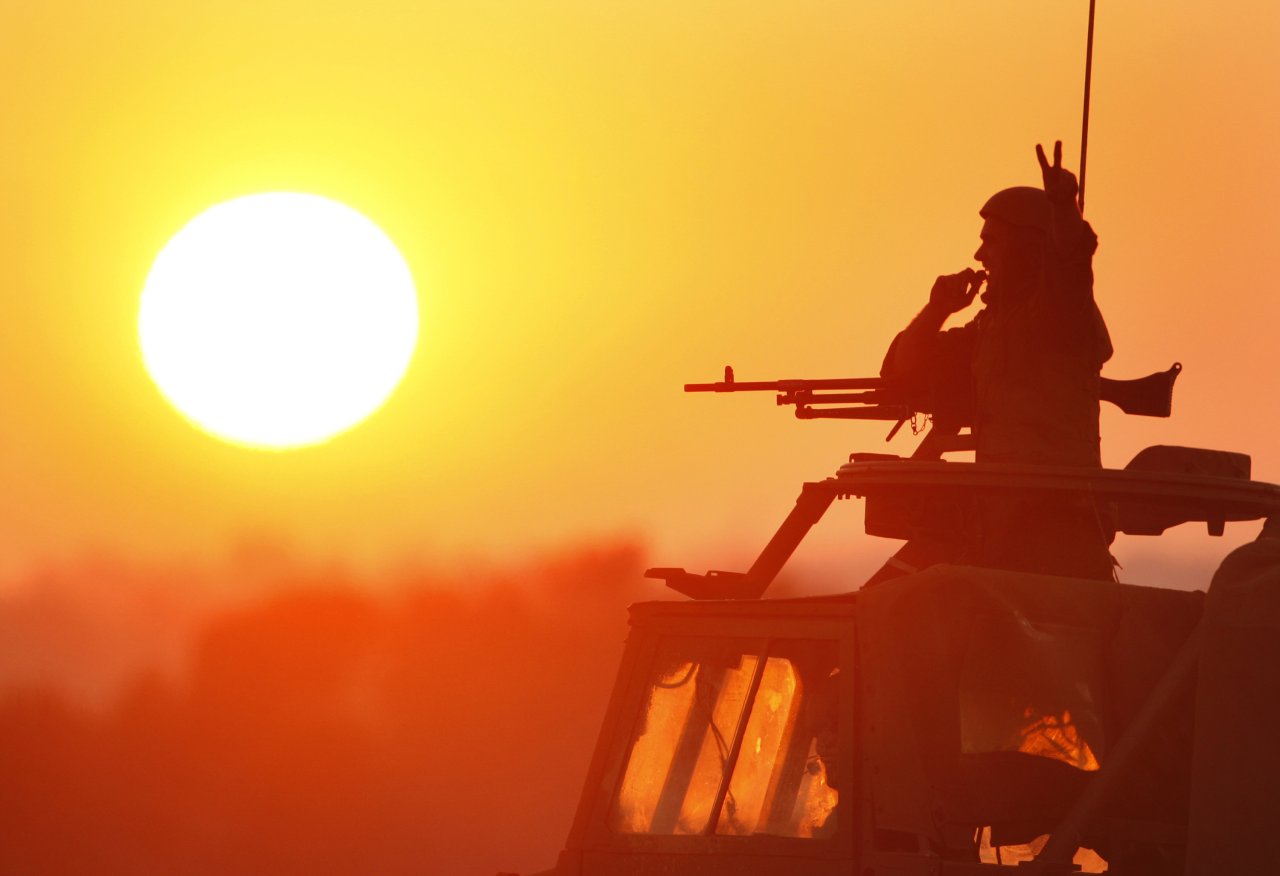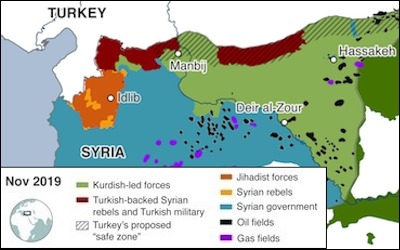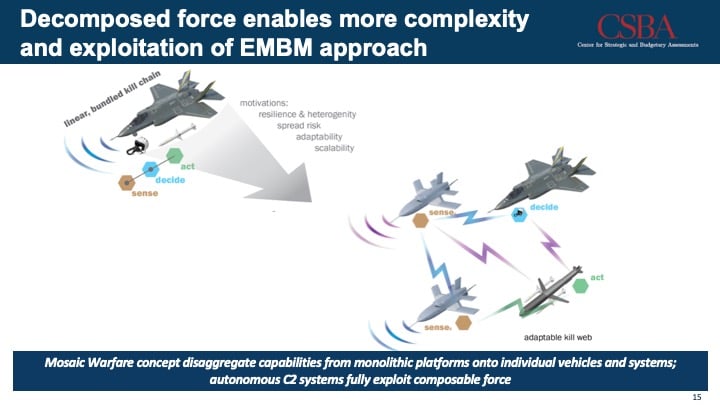By Todd Royal
The Financial Times (FT)in the first quarter of 2019 stated the world is now living in the “Asian Century.” FT goes onto mark the times have moved from a western to Asian model becoming the cornerstone for the remainder of the century. The former U.S. administration realized this reality years earlier when it made a policy decision to “Pivot to Asia.”
Now the current U.S. administration is continuing this pivot by wrapping up the first ever, joint U.S.-India military drills that involved live-fire drills and search-and-seizure training. The exercise dubbed – “Tiger Triumph” – “brought together 500 American Marines and sailors, and about 1,200 Indian soldiers, sailors and air force personnel to train side-by-side for nine days.” At one point during the exercise and ocean drills an Indian helicopter landed on an American naval vessel in the Bay of Bengal. The main goal of this nine-day exercise was “to coordinate more ambitiously on challenges in the Indo-Pacific region.”
The two countries signed a mutual defense pact in 2018. This pact allows for exercises and “transfer of advanced (U.S.) weaponry and communication systems to India.” This type of nation-state partnership is out of the norm for India. Historically, India doesn’t partner this publicly with the U.S., or other western powers such as NATO, or the European Union (EU). This non-alignment with western powers is confirmed when Russia is the only other country India has completed military exercises with that involved all three branches of its armed forces.















